Shooting with primes
Before we went on holiday I wrote a post about the kit I was intending to take with me. Now we are back, this is a follow up post to explain how I got on using that kit.
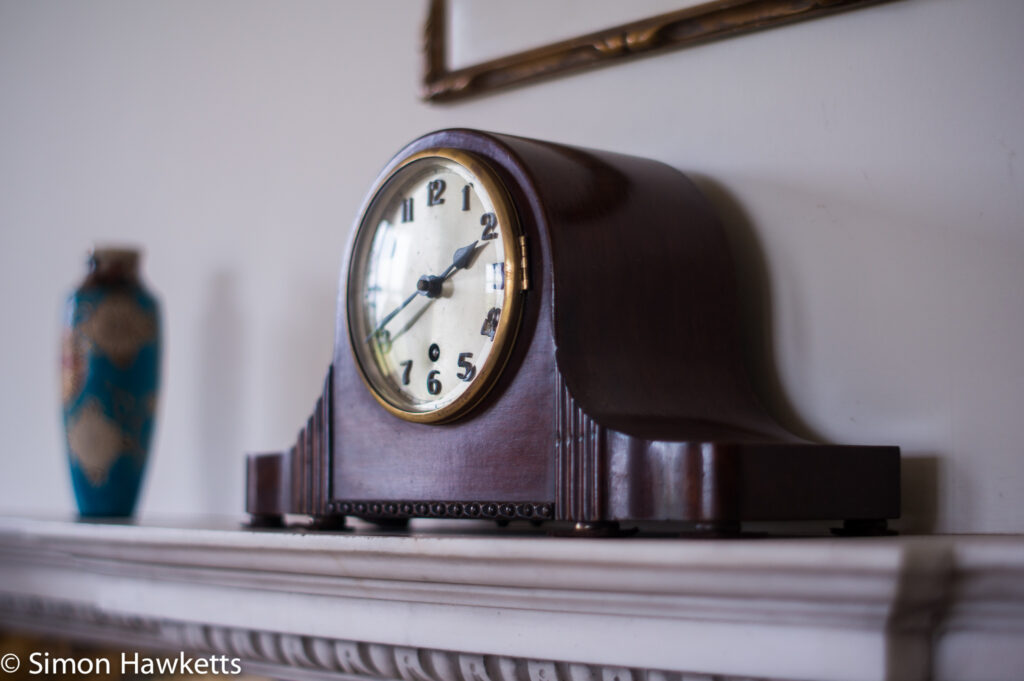
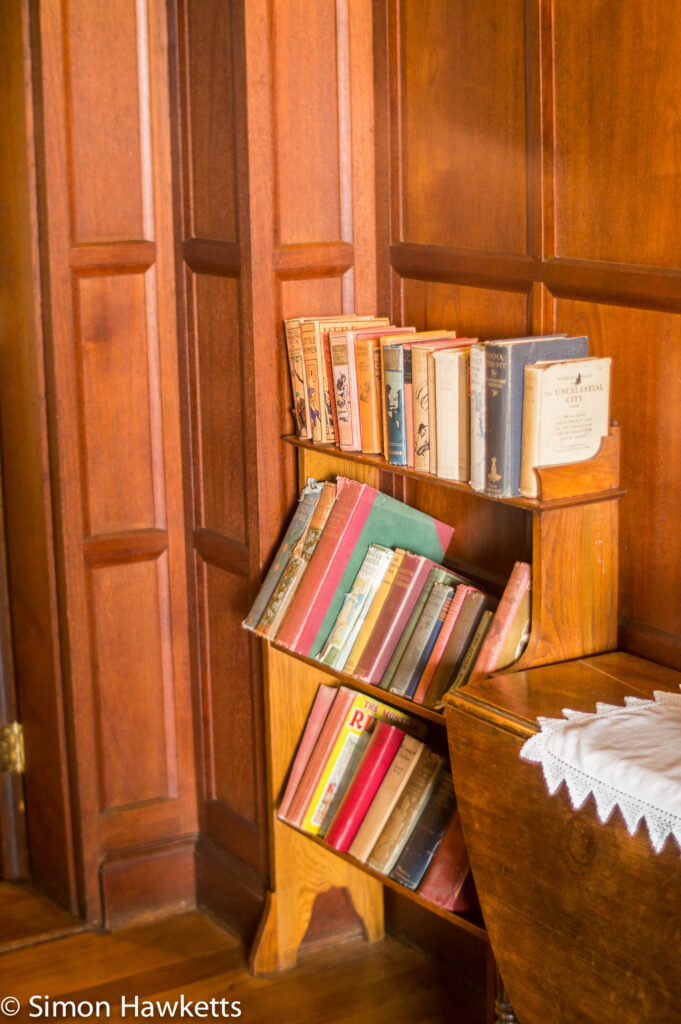
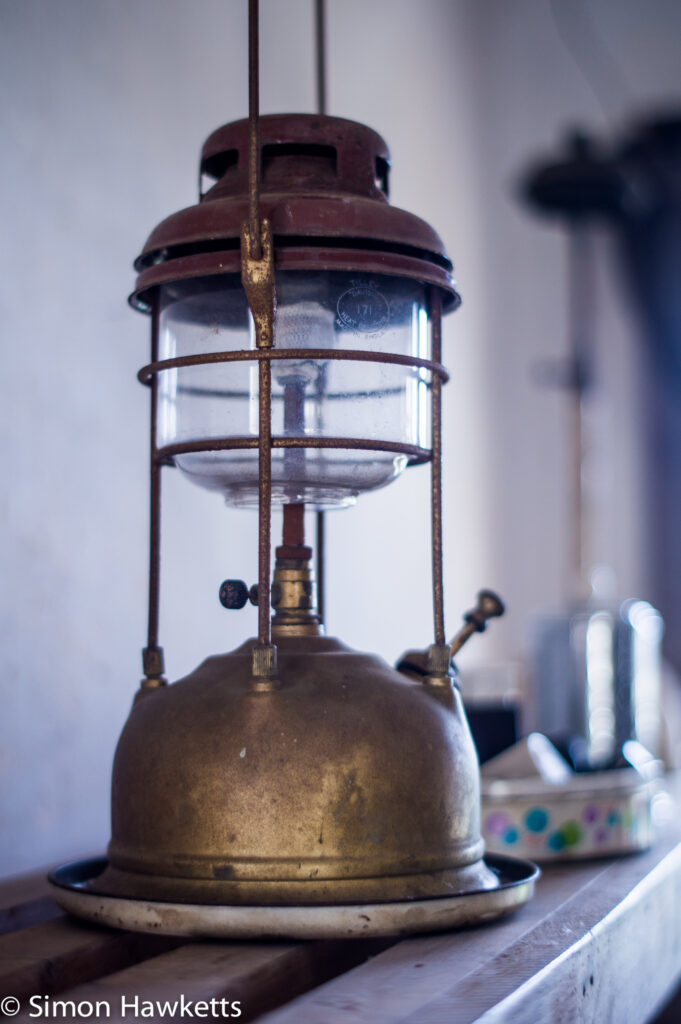
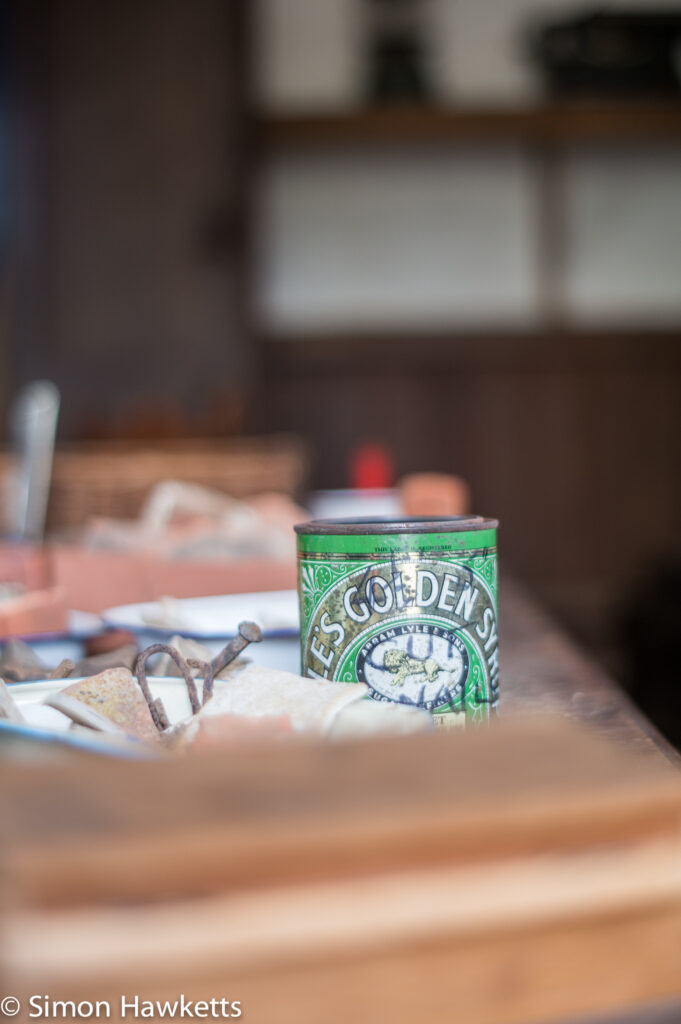
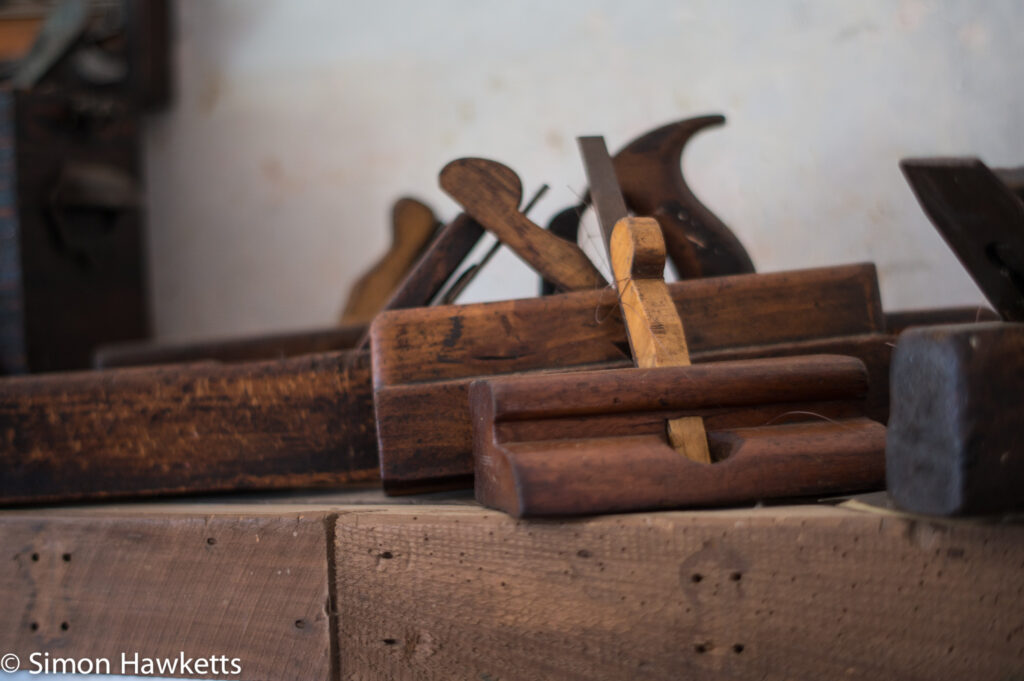
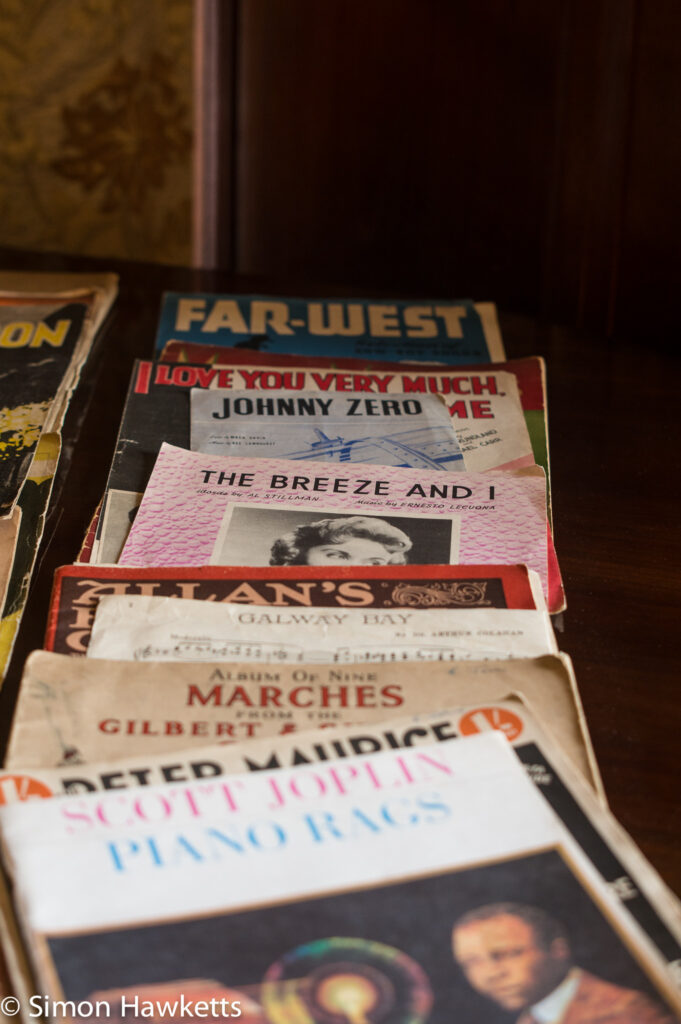
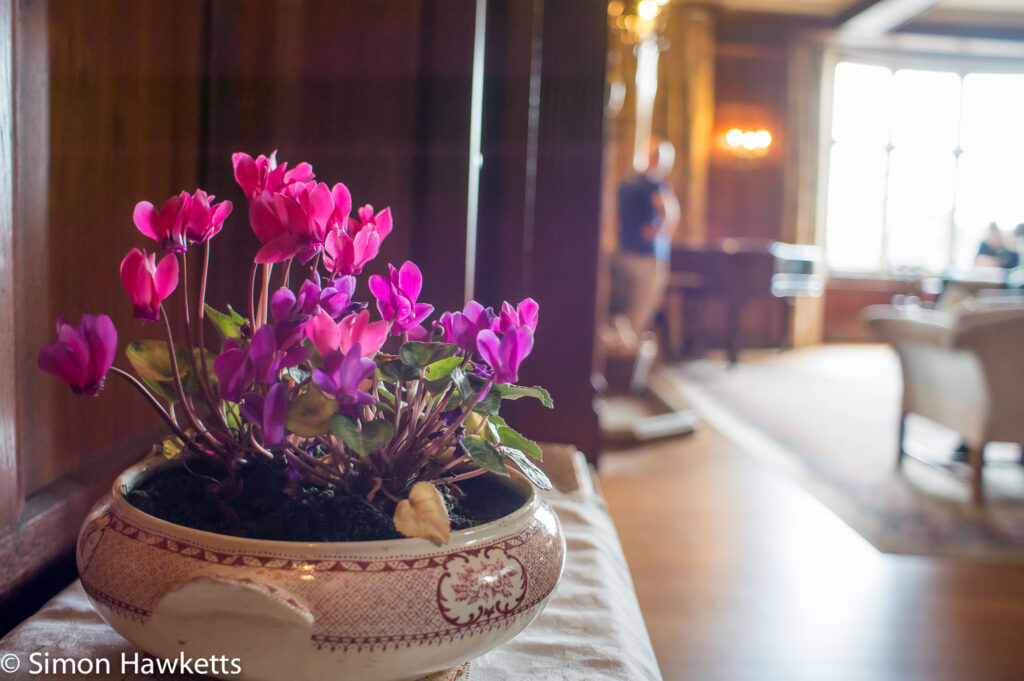
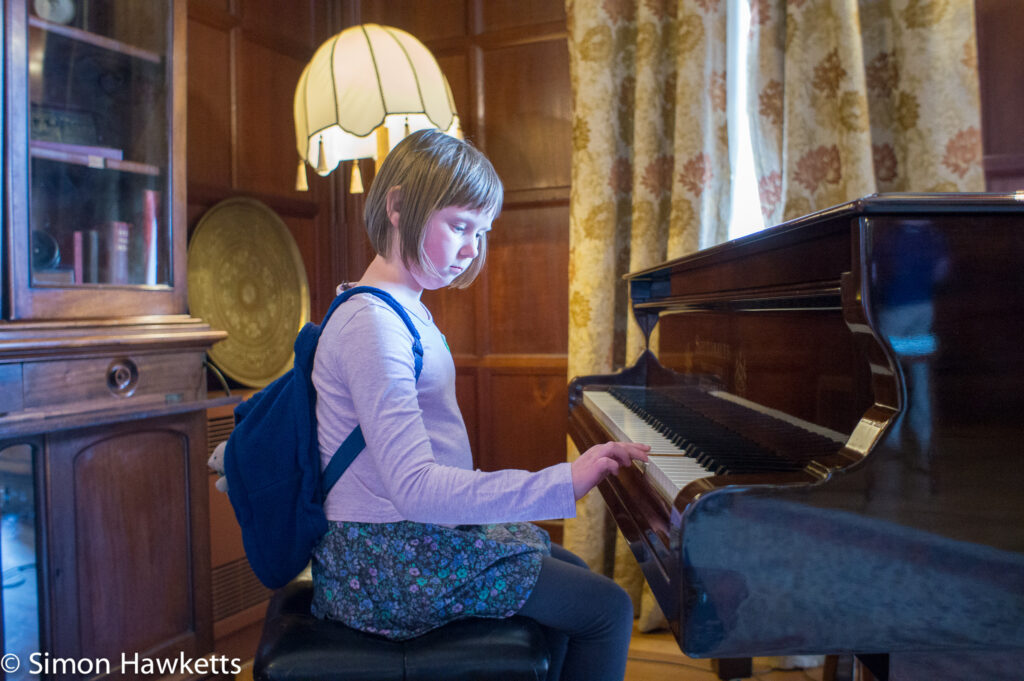
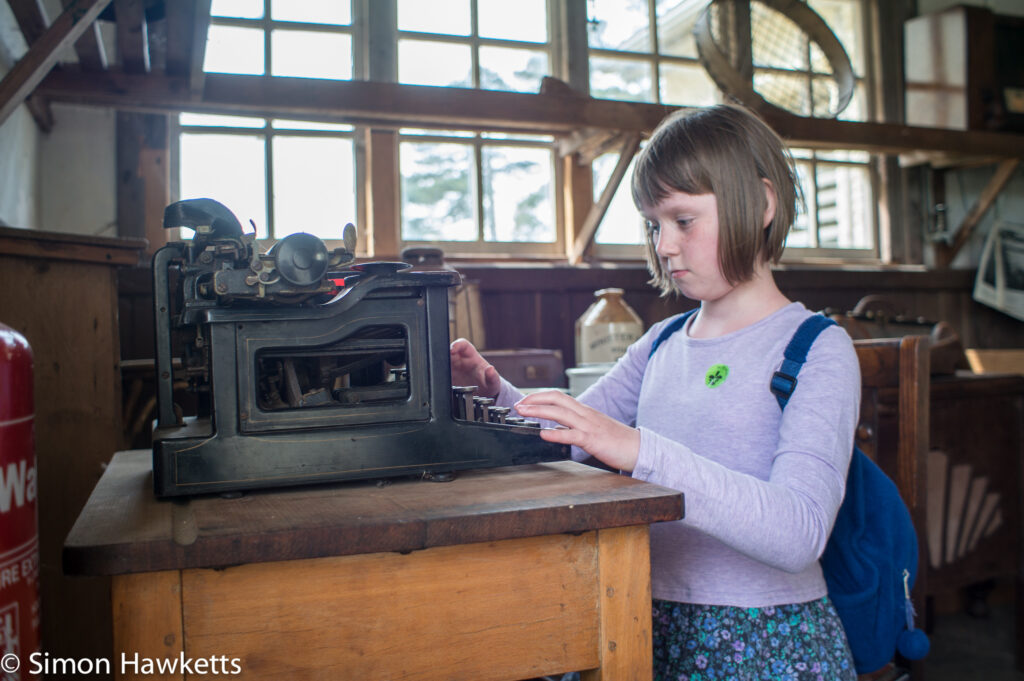
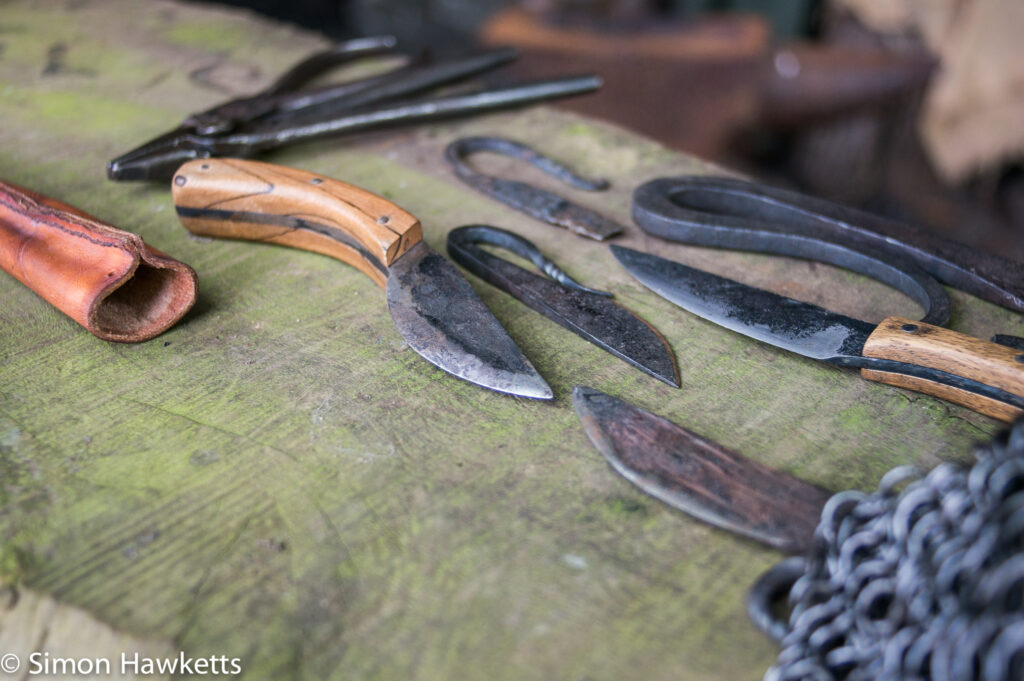
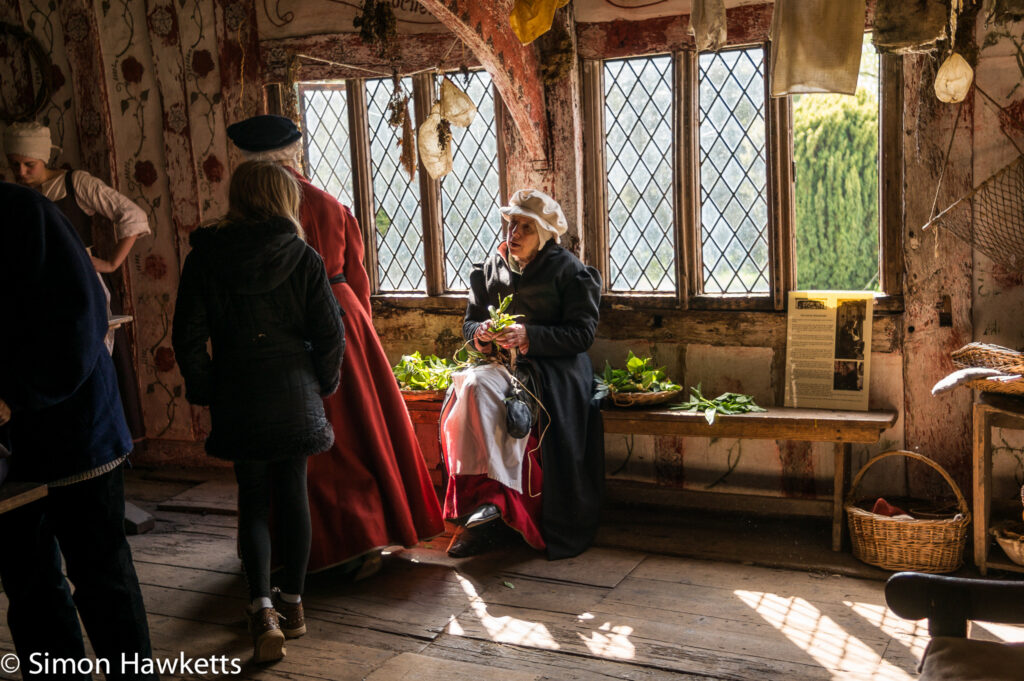
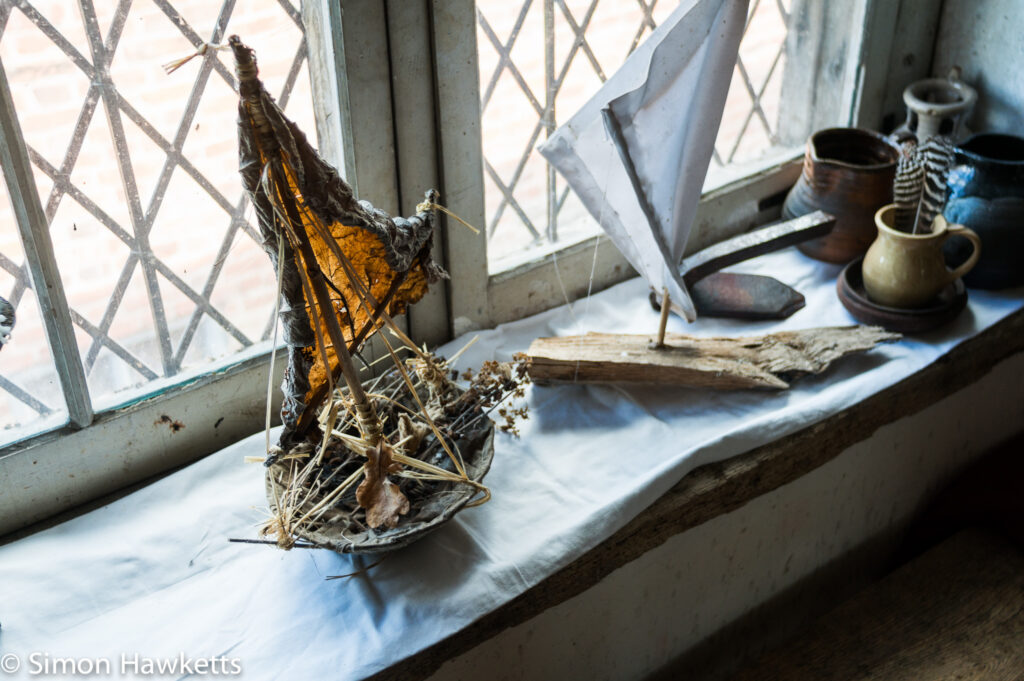
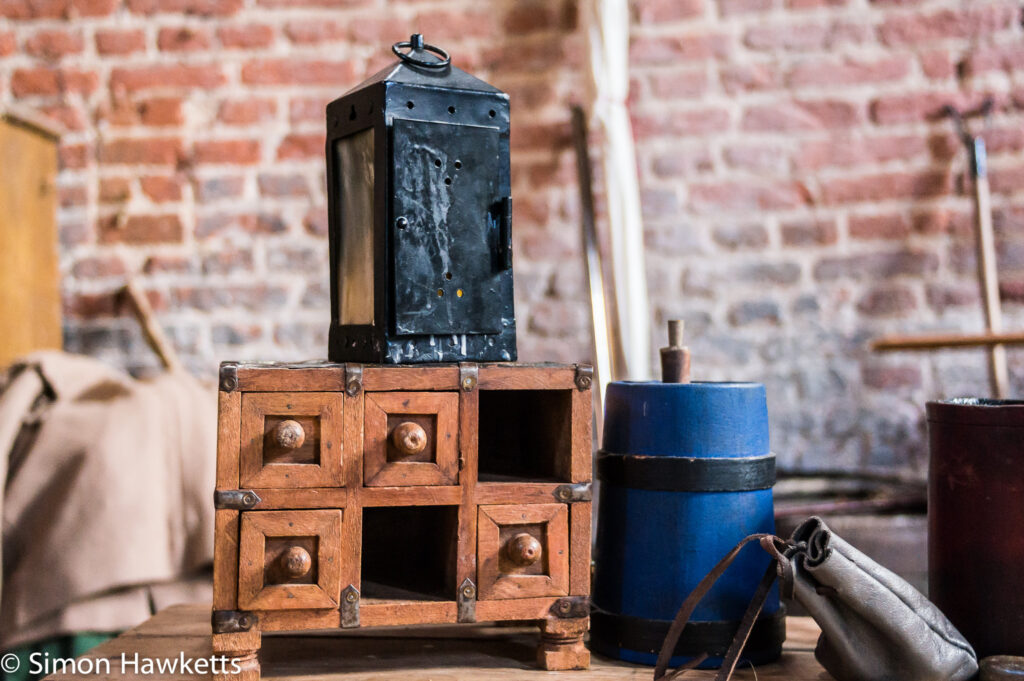
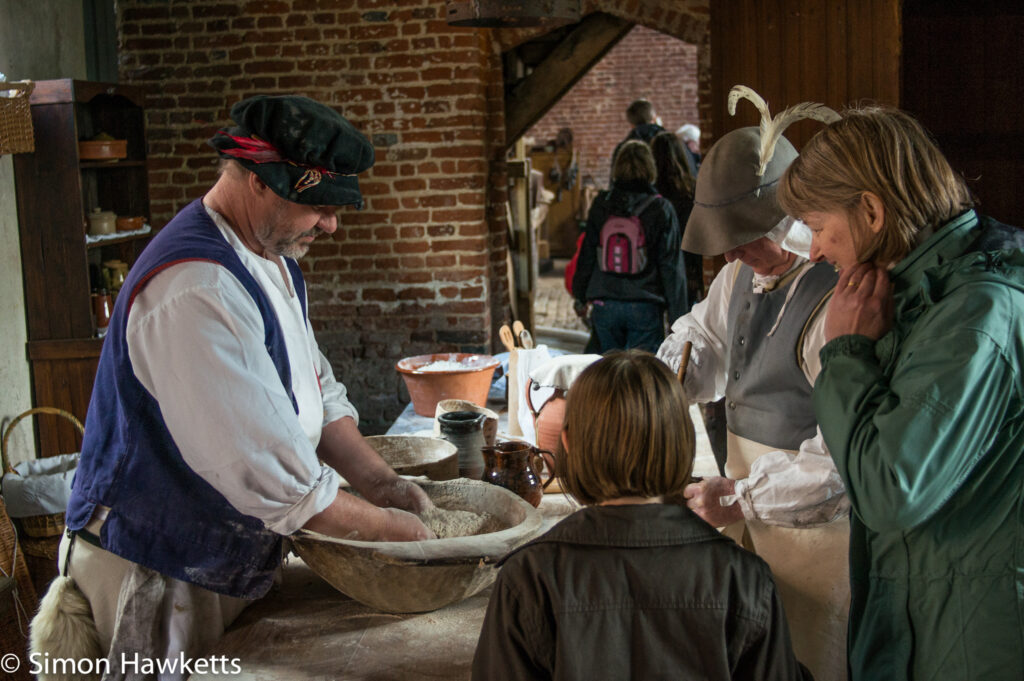
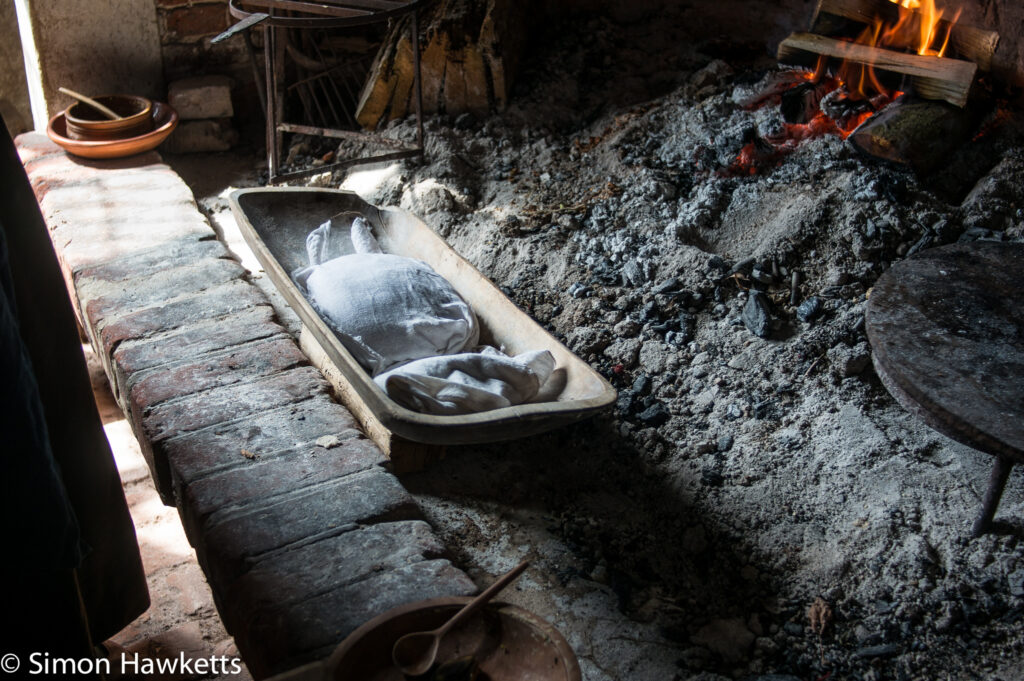
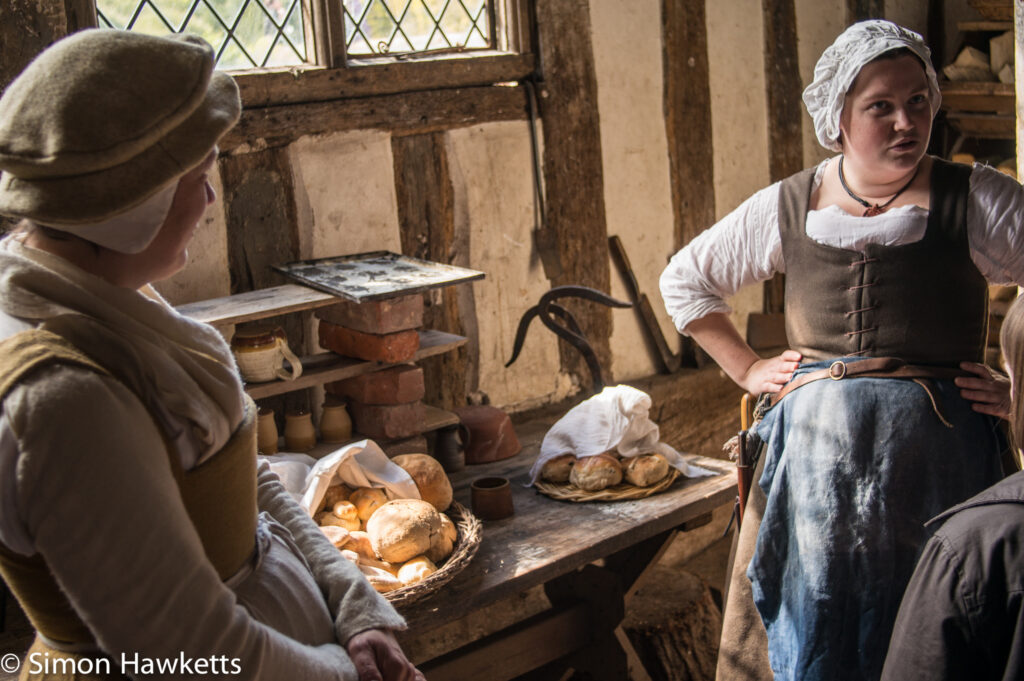
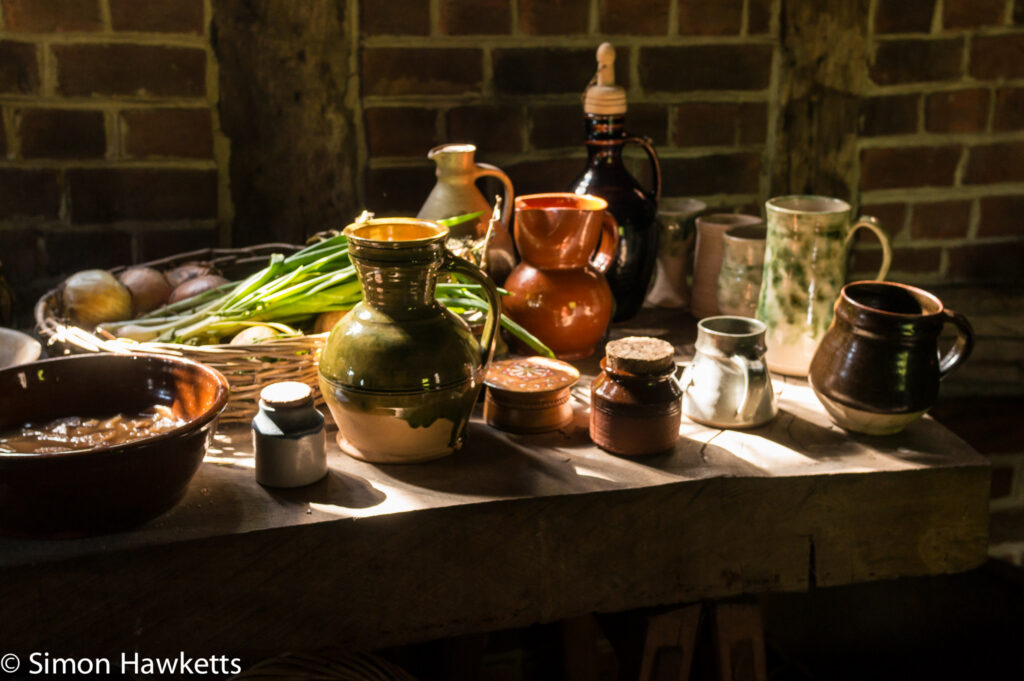

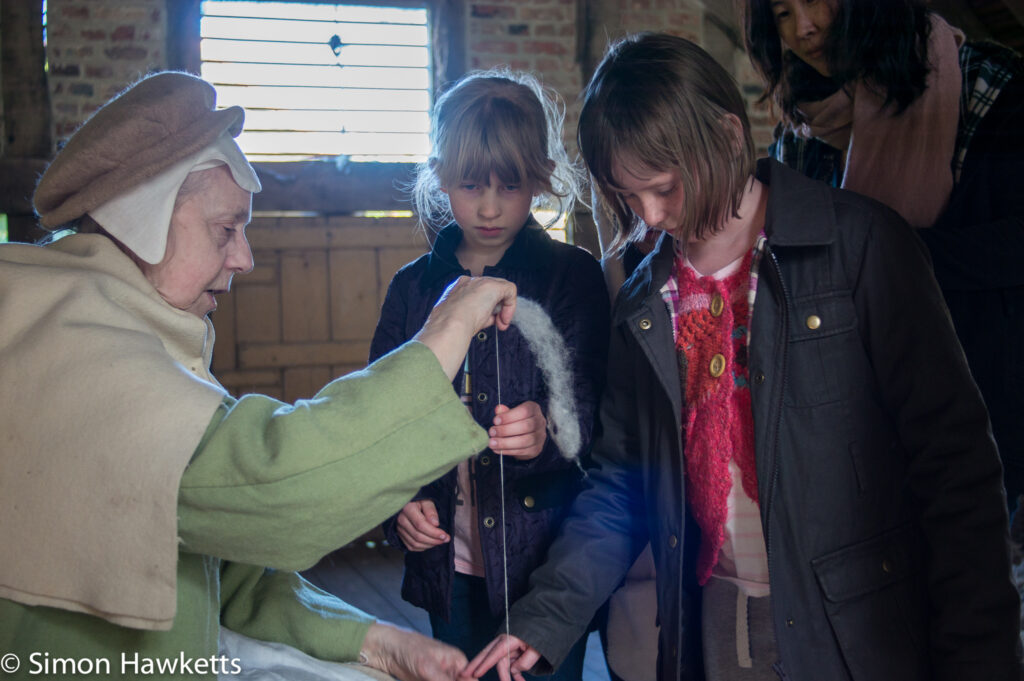
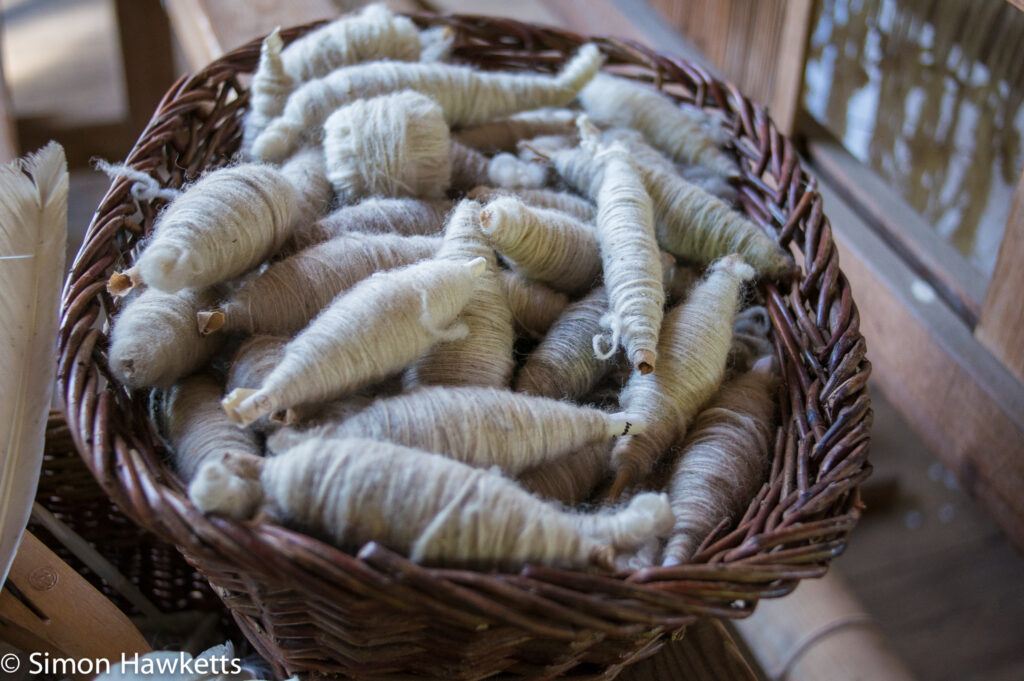
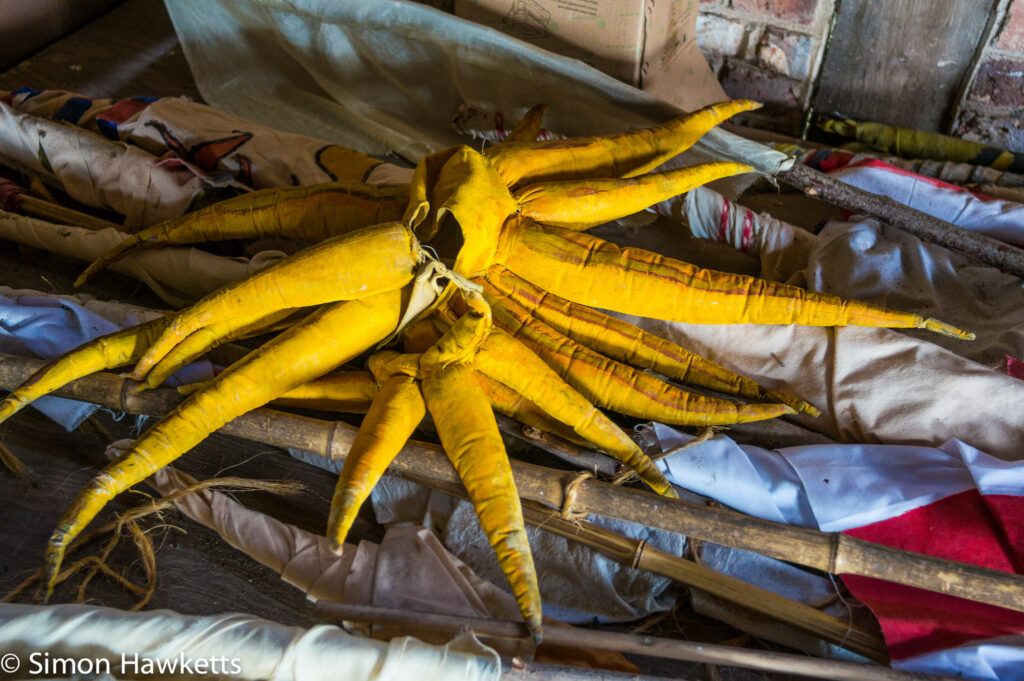
The pictures above are all ones which I feel were helped by using the manual lens kit I took with me rather than a standard kit zoom.
Each of these pictures was taken a with one of the manual lenses I listed in my original post and the thing which was most affected by that was, surprisingly enough, the focus. For all of these pictures I feel the focus had been nailed and that’s something which I haven’t been able to say reliably for a long time using my Pentax and the autofocus lenses I’ve been used to using. Of the 1000 odd photos I’ve taken in the last week only about 5 are not focused exactly on the subject I wanted. If I were to rely on the autofocus on my Pentax I would be lucky if I could count less than 30. Of course, it could be that the Pentax is not a good autofocus camera, and I know a lot of canon and Nikon shooters say their brand is particularly good, but I would suggest any photographer would be pleased with 5 poorly focused shots out of 1000.
These pictures are all predominantly indoor shots. Normally with my Pentax this is the sort of shot where it is normal to find the camera hunting around as it tries to get focus at probably f/3.5 or f/4. Also the autofocus would often lock on to a part of the picture which is not the main subject I’m interested in. Using manual focus I’ve been able to choose exactly the area I want and focus it precisely. The majority of these shots were taken with a Soligor 28mm f/2.8 or Takumar 28mm f/3.5 (fitted to a camdiox wide angle adapter which adds a stop approx so probably f/2.8 also) but the real killer feature has been the focus peaking of the nex. With the focus peaking on and using the viewfinder I’ve been much more successful than I’ve been in the past relying on autofocus.
I have to also comment on the optical quality of these lenses. I feel they have been outstanding and some of the images above are really well-defined, contrasty images. The particular lens I would say which has really stood out for me has been the Soligor 28 mm which I always felt was the weakest of the bunch but has actually turned out to be a star. I’m definitely on the lookout for some more examples of Soligor C/D lenses now.
The other advantage of using faster lenses of course has been the greater depth of field available, and although there are only a couple of shots above that show it, there have been several times over the last week where I’ve got some nice blur to really make a subject stand out. It goes almost without saying that the extra couple of stops that the faster lenses have afforded has resulted in cleaner images because that has been directly related to a lower ISO.
I think the only thing which has been a negative really has been the more frequent lens changes necessary. This has probably (certainly actually) been a contributing factor to getting a dust spot on the sensor very early in our trip which resulted in trying to shoot everything below f/8 to minimize the amount the spot shows up, but all in all when I balance up the fact that I have had less weight to carry around it’s not such a big deal. I’m also happy to say that the lens change recording technique which I worked out before I left worked out really well and I have managed to tag all the images with the lens used for the picture. I’m going to use a small Lightroom plugin to convert these tags to EXIF image data.

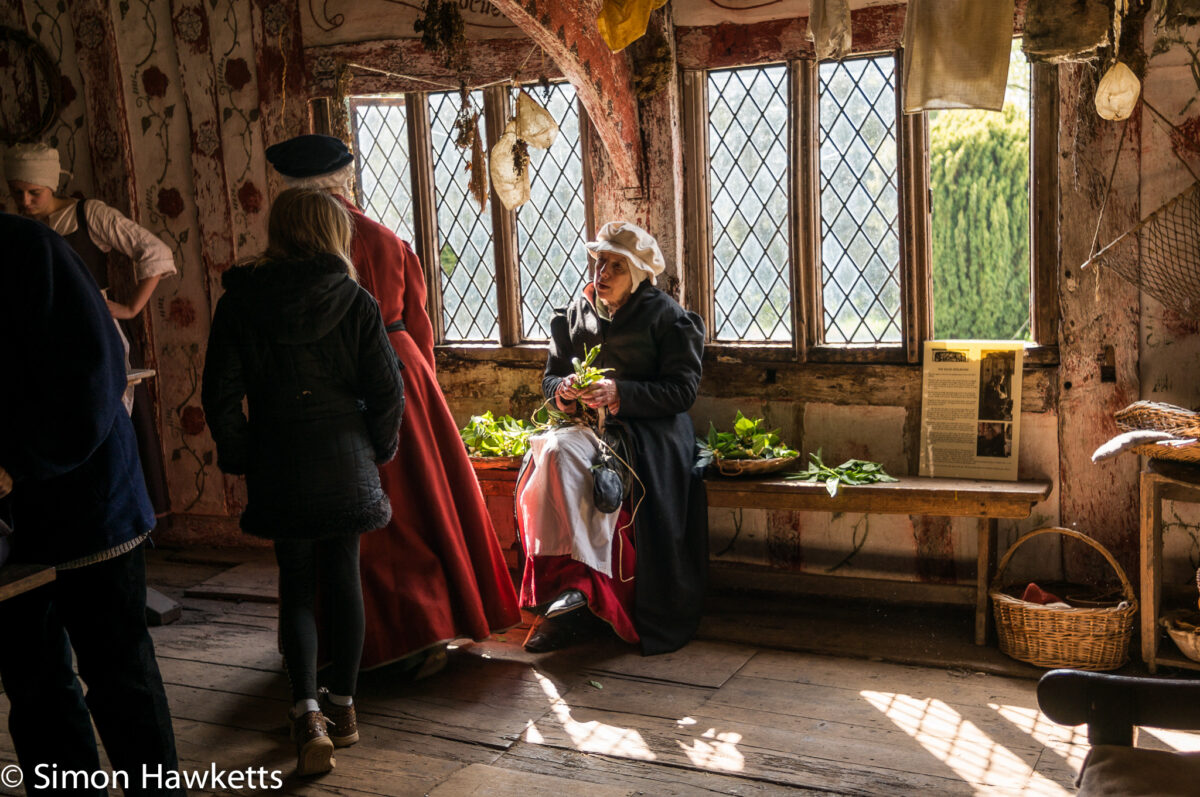
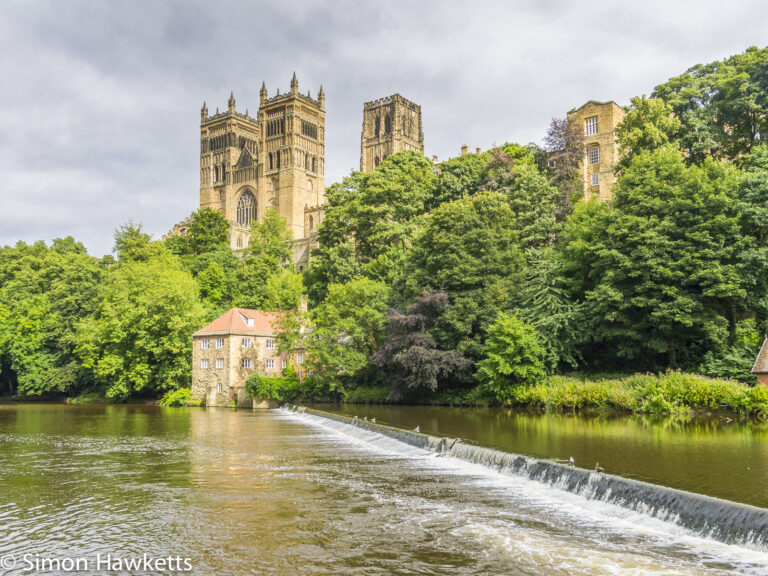
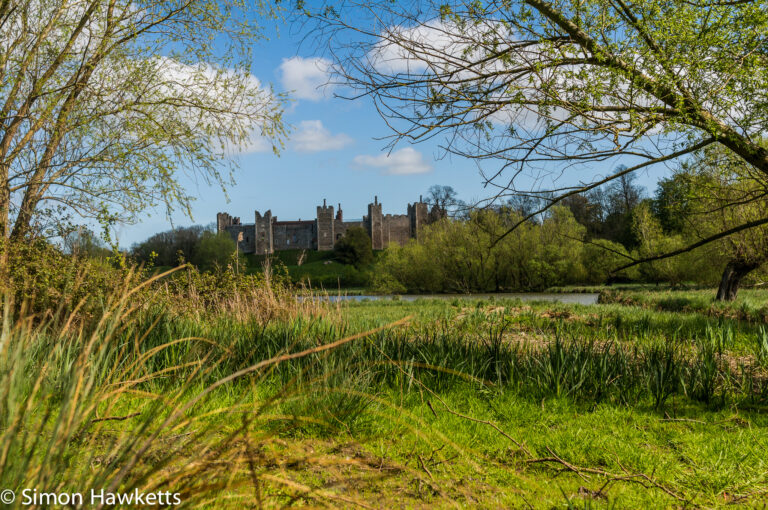
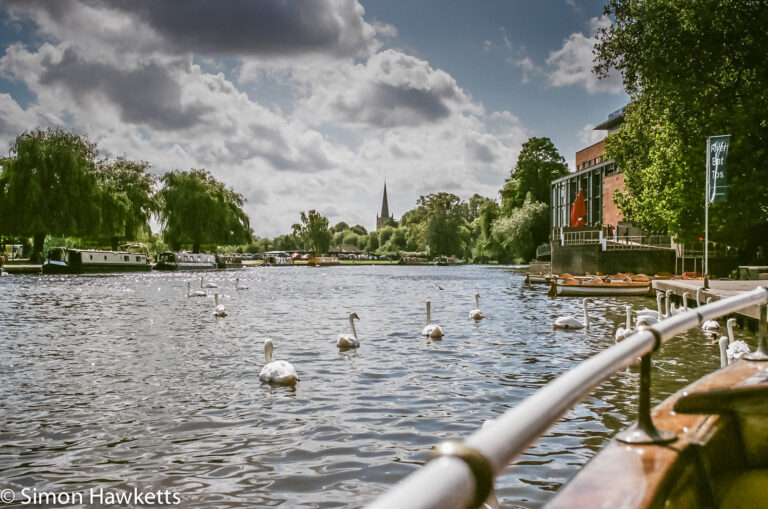
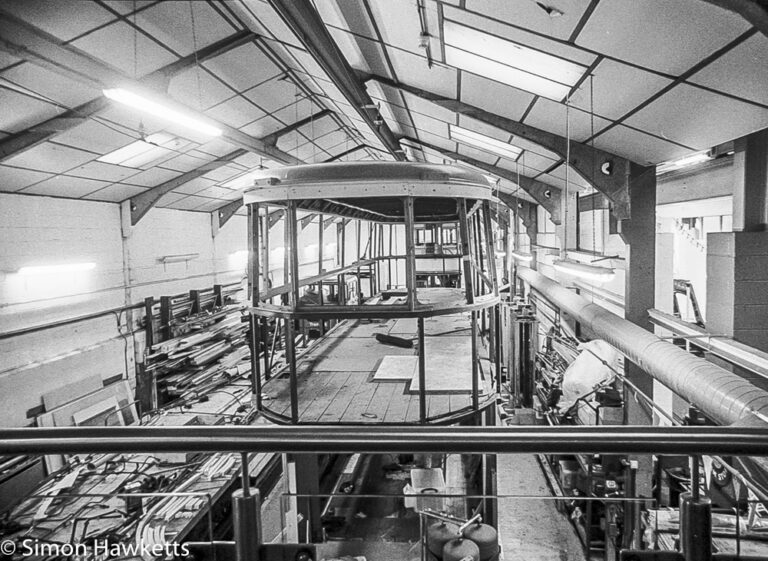
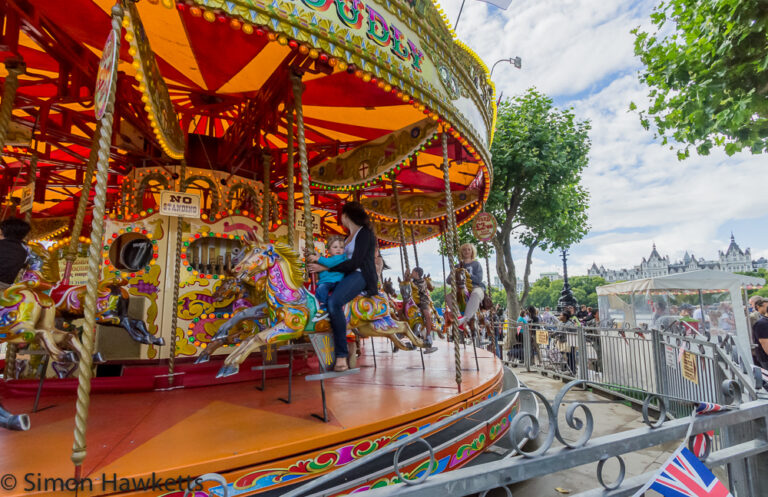
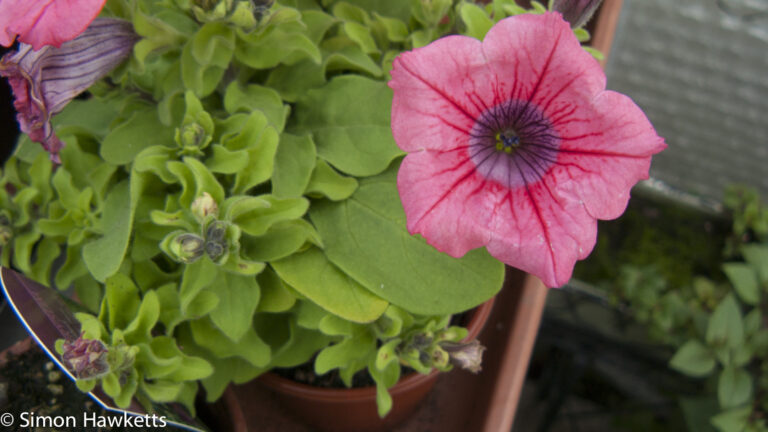
Interesting post….I haven’t heard of a Soligor lense. Great photos 🙂
Thanks. I think Soligor was a bit like Vivitar – they designed lenses but had no manufacturing so other companies made them. The one I have was bought by my Dad in about 1980 for his Pentax P30 SLR.
I had a Soligor 28mm on a Minolta years ago and I doubt any prime I have had since compares. Wonderful photographs from your trip.
Thank you very much Victor.
[…] I’ve been really impressed with the quality of the takumar lenses I’ve added to my collection over the last few weeks and I’m sure that they will give me better quality options than the slower zoom lenses I’m traditionally used to using. I’m looking forward to posting some pictures when we get back. […]
[…] back to Kentwell Hall for todays favourite picture and it’s one I included in my post about using prime lenses during our holiday but I really like this picture so I’m giving it it’s own post. This […]
[…] these pictures were taken with the Soligor C/D 28mm manual lens fitted to my Sony Nex 6. As I said in an earlier post, this lens turned out to be a bit of a star and I think these pictures in part show why I came to […]